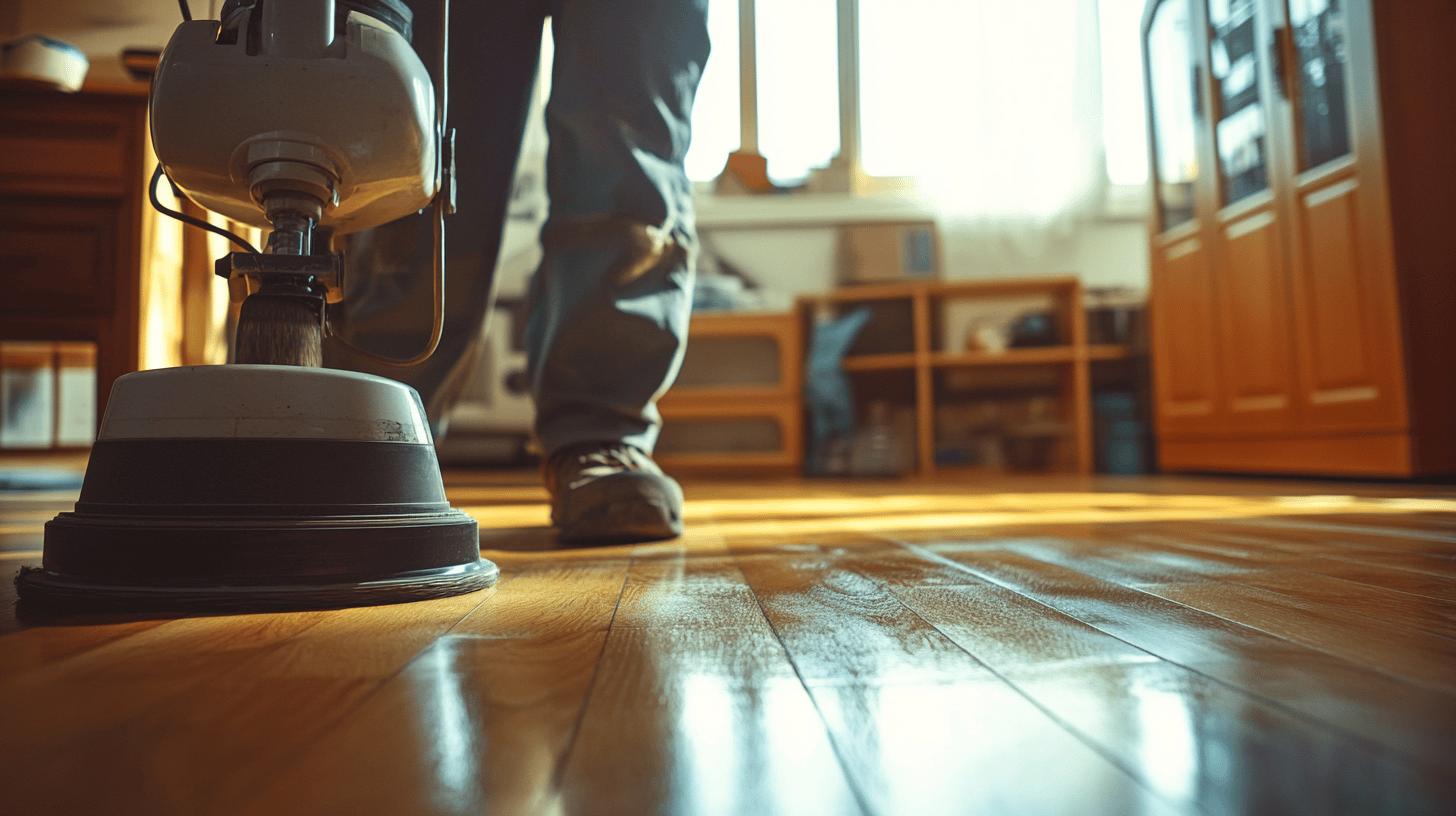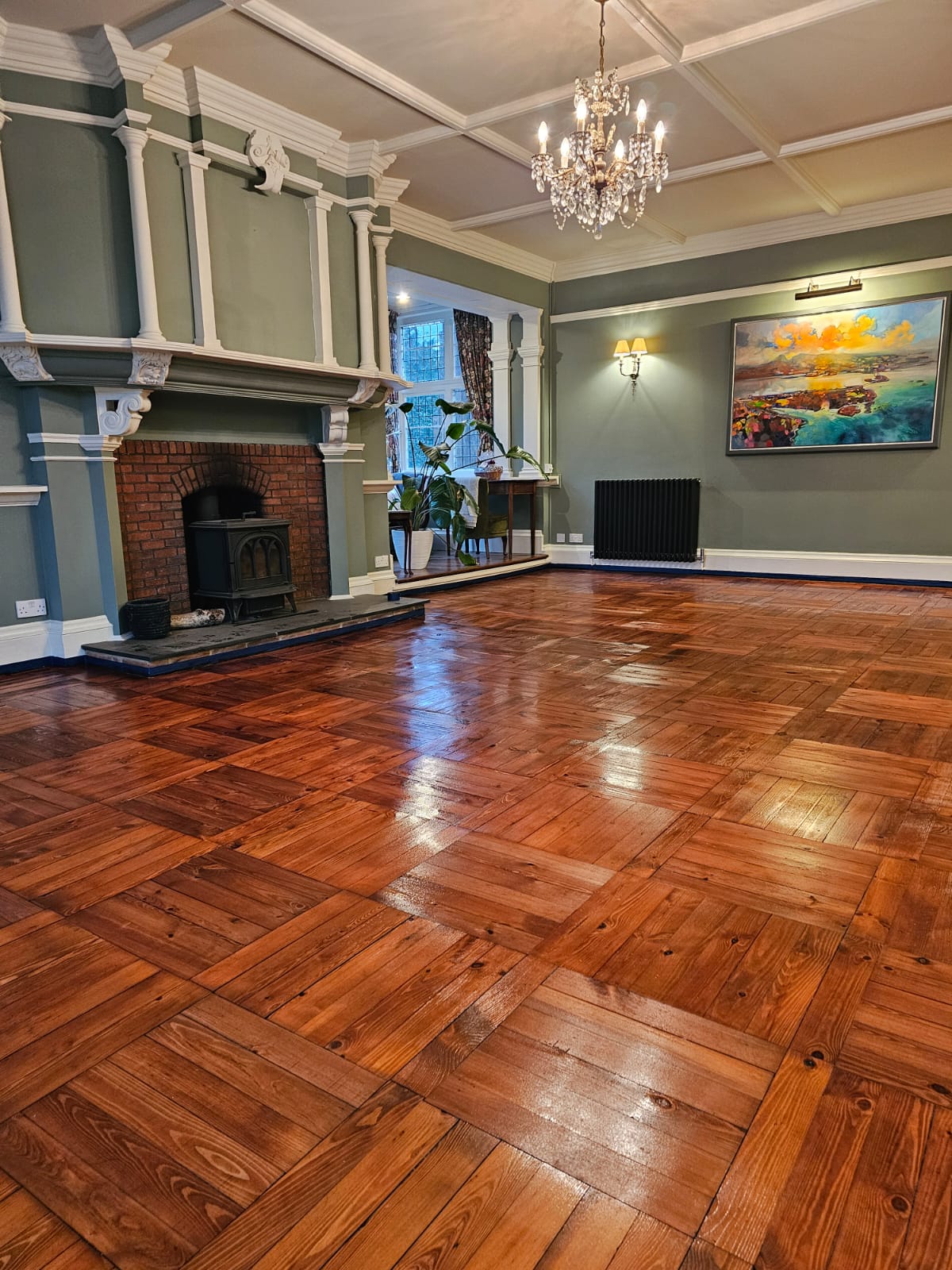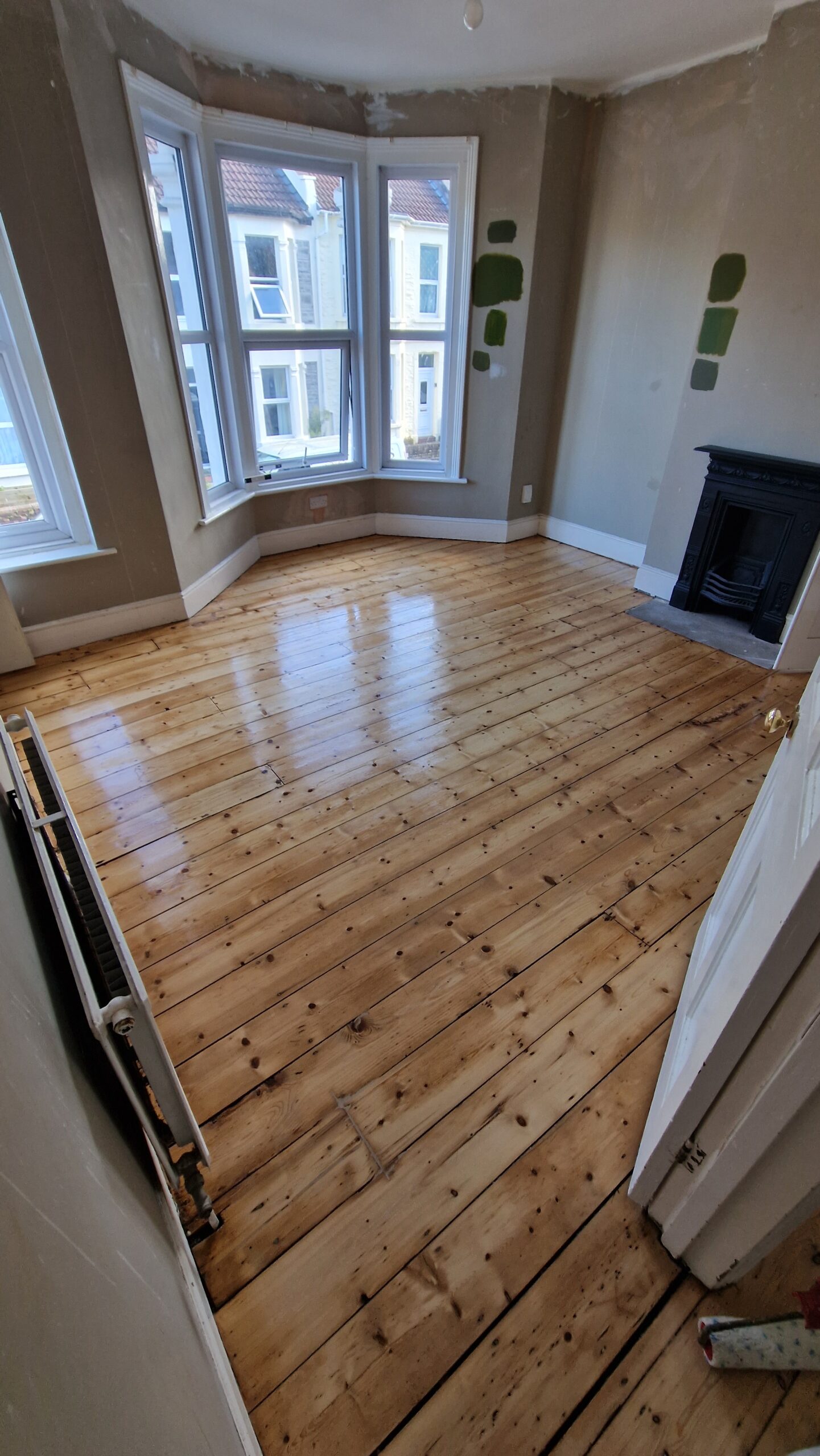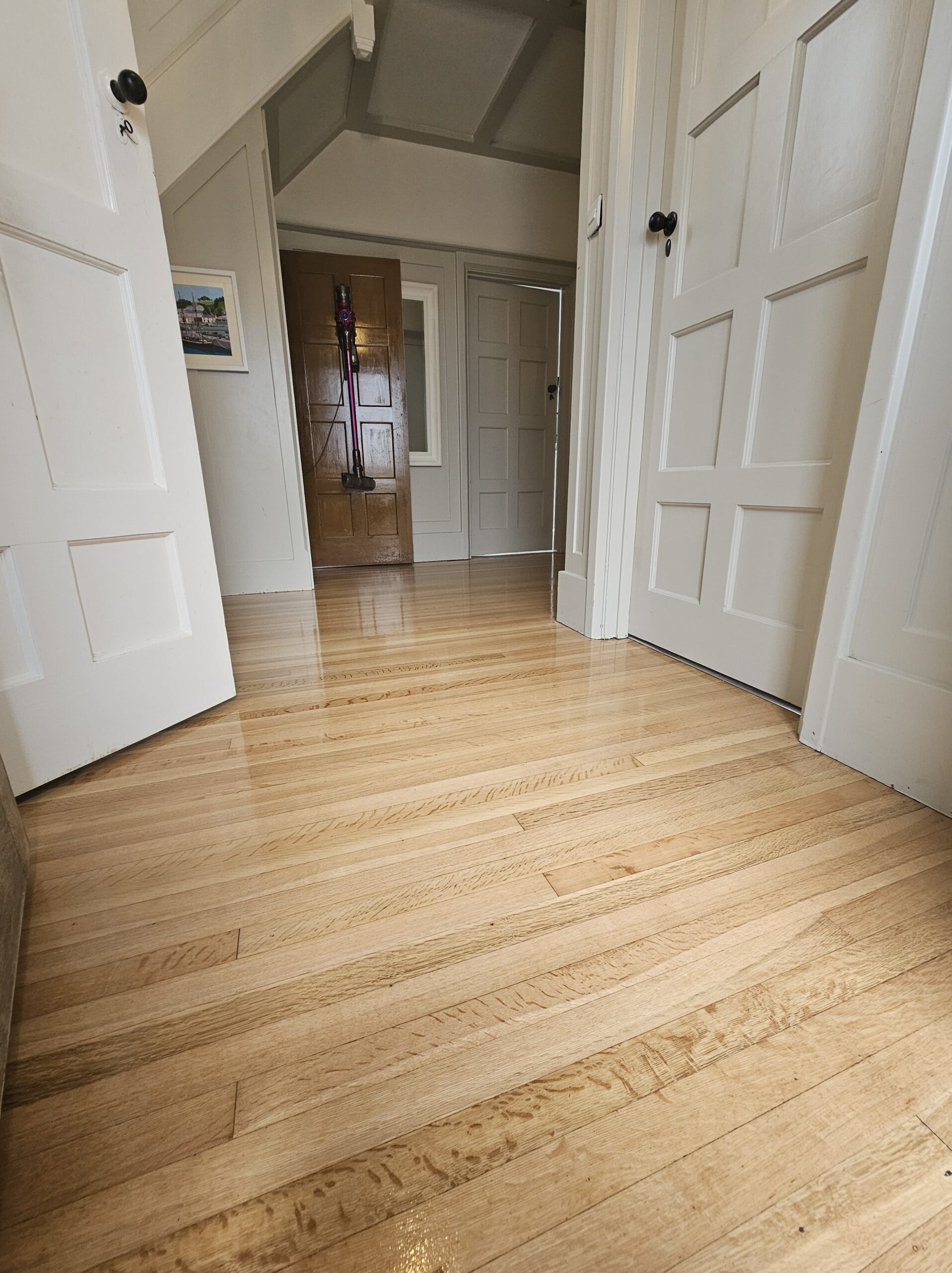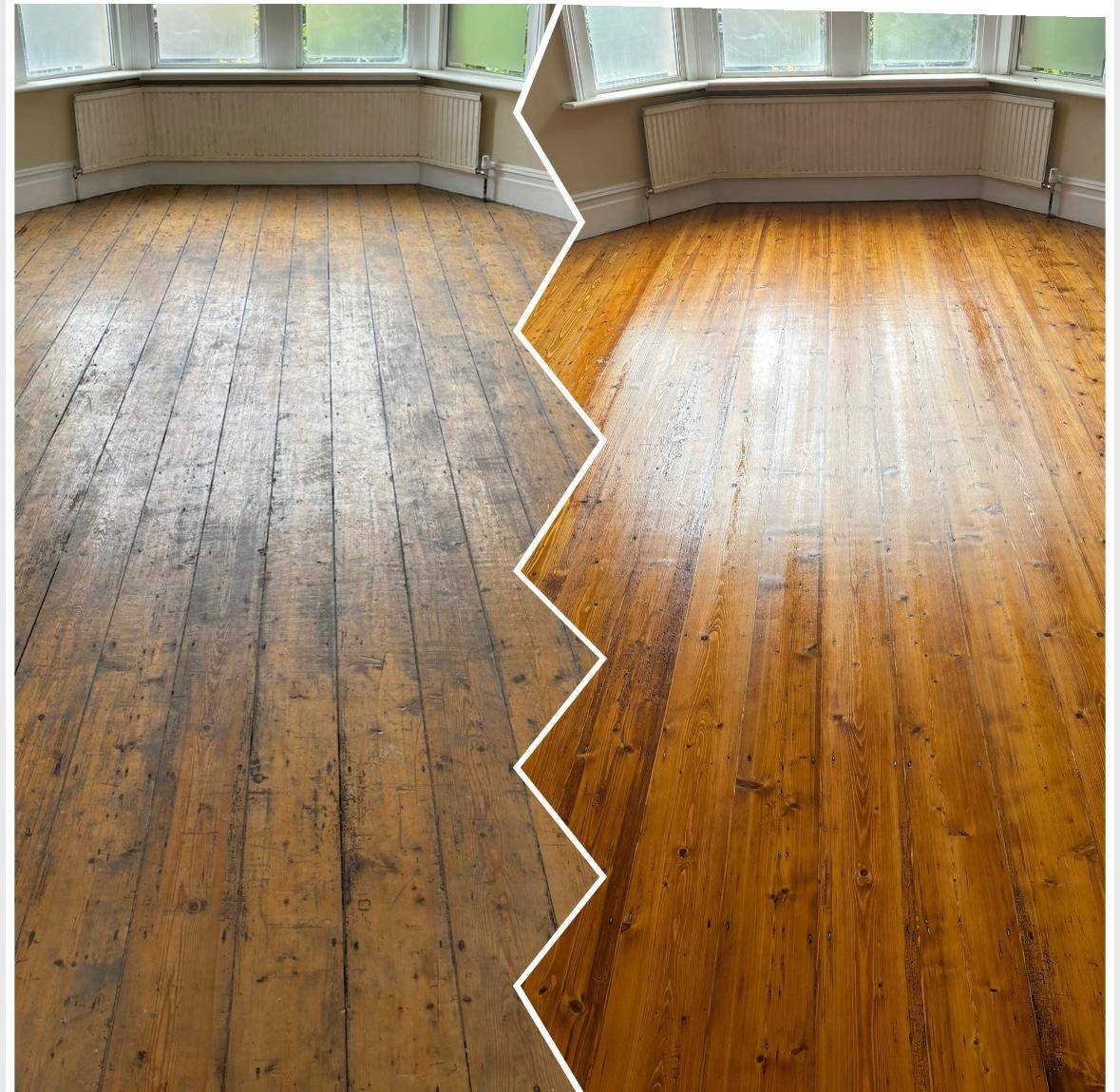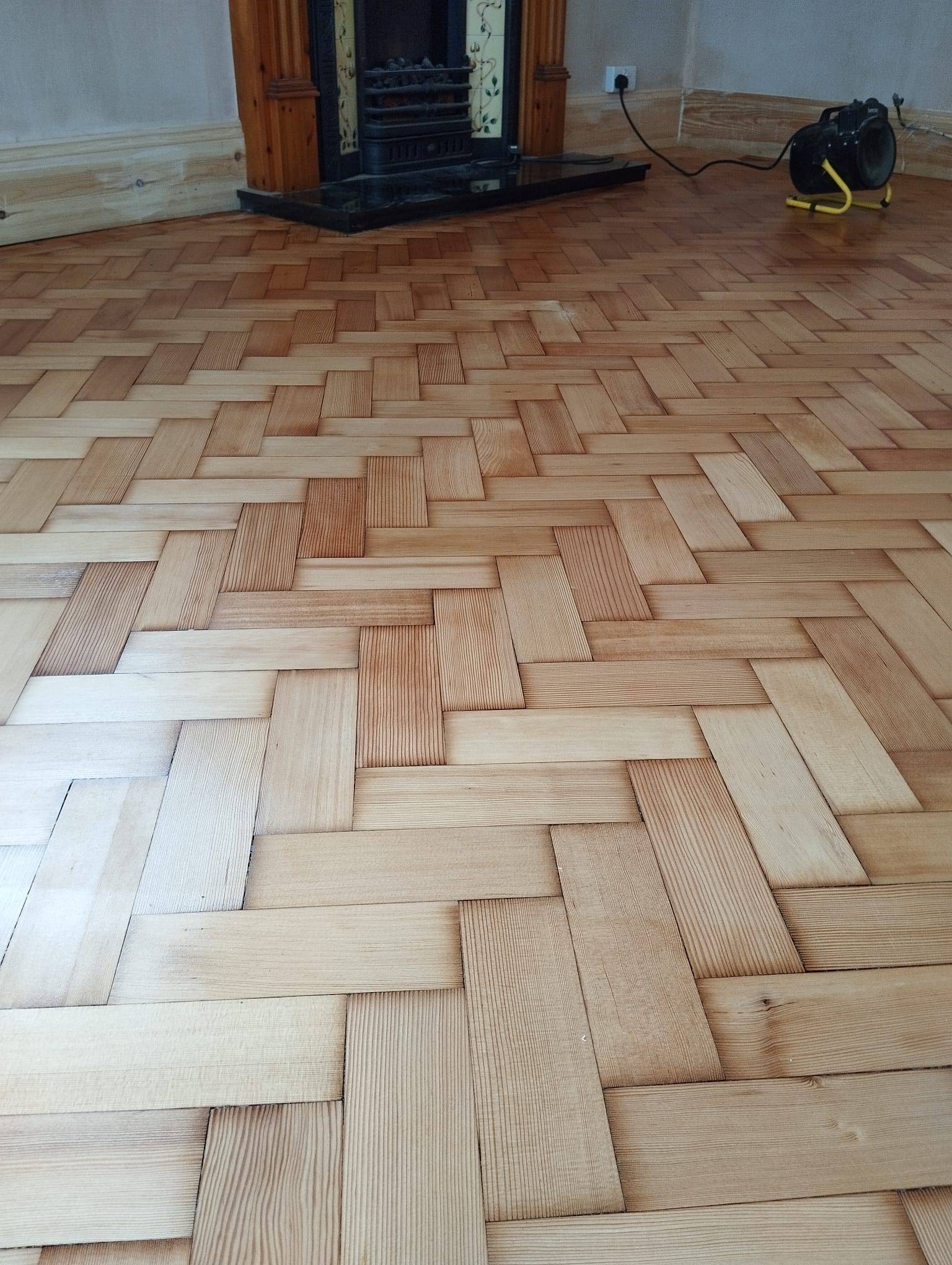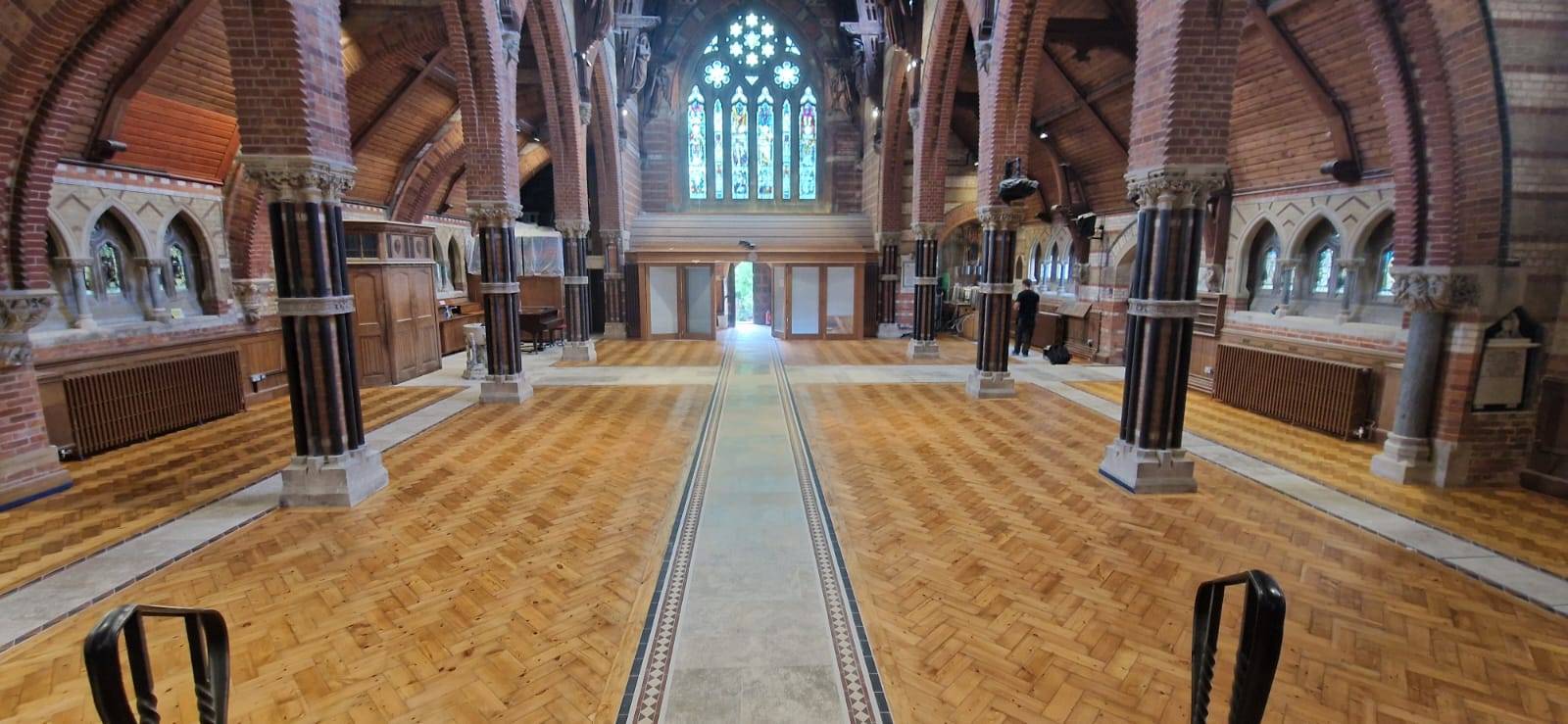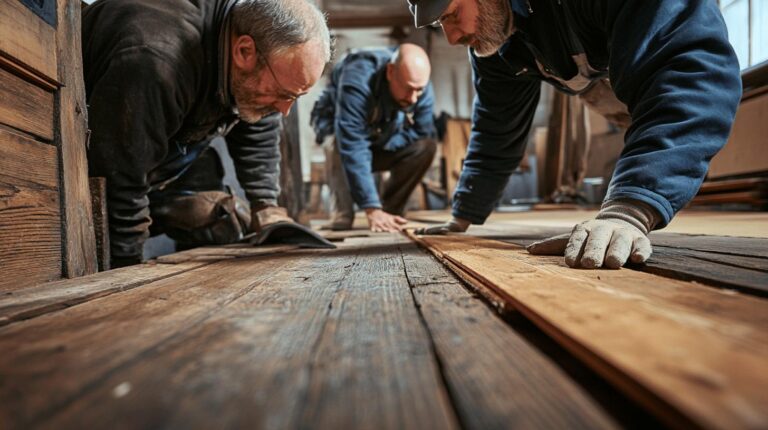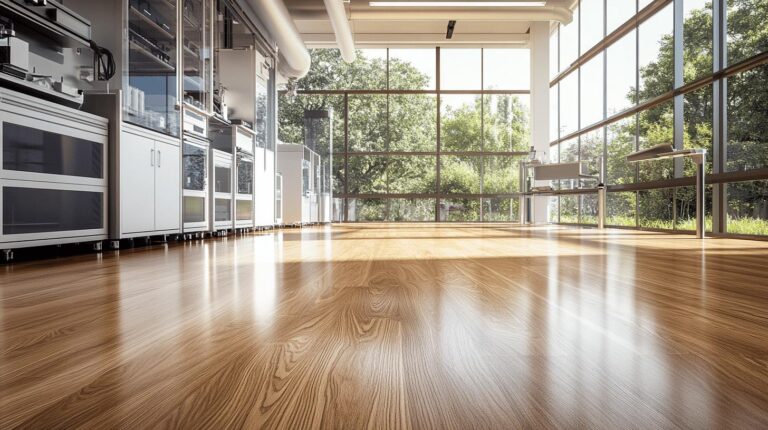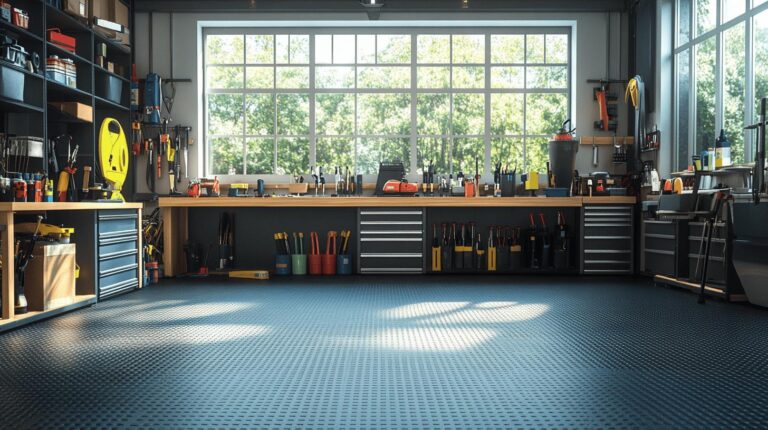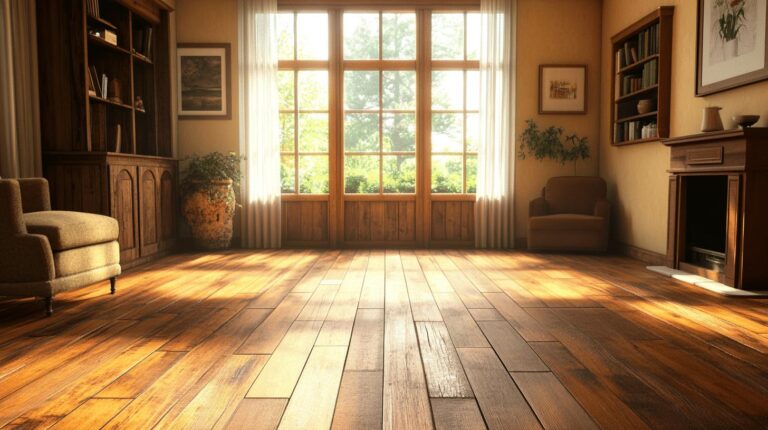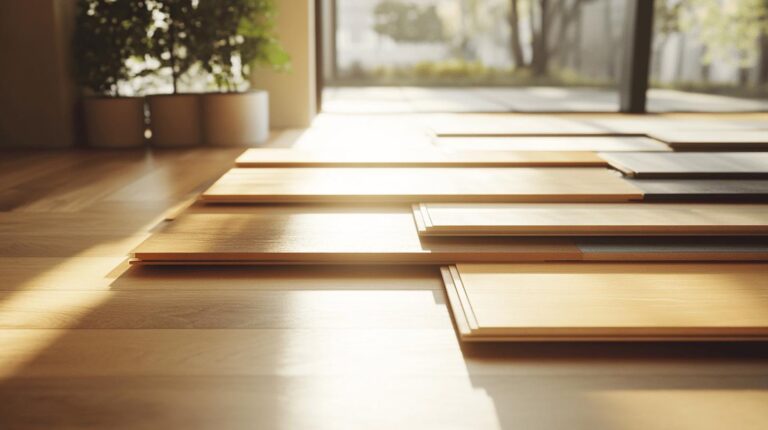Considering investing in property with the aim of maximising returns? You might be overlooking a deceptively simple enhancement strategy: refinishing wood floors. Not only does this approach breathe new life into an outdated interior, but it also delivers an impressive return on investment—boasting figures as high as 70% to 80%. In today’s competitive market, where sustainability and aesthetics are in demand, this option offers a cost-effective way to elevate property value. Uncover the economic advantages and rationale behind this powerful investment strategy in wood floor refinishing.
Understanding the Economics of Wood Floor Refinishing for Property Investors
Refinishing wood floors is a strategic investment for property investors seeking to enhance the aesthetic and monetary value of their properties. The process revitalises the appearance of floors, making them more appealing to potential buyers. This appeal translates into increased market value, as properties with well-maintained wood flooring often command higher sale prices. In comparison to other renovation projects, the visual impact of refinished floors can significantly boost buyer interest and expedite sales.
The return on investment (ROI) for wood floor refinishing is notably high, ranging from 70% to 80%. This impressive ROI stems from the cost-effectiveness of refinishing compared to installing new flooring. While new installations require substantial financial outlay and are time-consuming, refinishing provides a more economical alternative with comparable benefits. By opting for refinishing, investors can achieve a polished and updated look, aligning with modern buyer expectations without incurring the higher costs associated with new flooring.
- Increasing property market value
- Cost-effective compared to new installations
- High ROI potential (70%-80%)
- Growing trend towards sustainable materials
- Desirability from buyers for polished, updated looks
The preference for sustainable and natural materials in home design is driving market trends towards wood flooring. Buyers are increasingly looking for homes with eco-friendly features, and refinished wood floors fit this criterion perfectly. The sustainability aspect enhances the desirability of properties, as buyers are attracted to both the environmental benefits and the timeless beauty of natural wood. This trend towards sustainability, combined with the aesthetic qualities of refinished wood floors, strengthens the property’s market position, making it a wise choice for property investors aiming to maximise value.
Cost-Benefit Analysis of Wood Floor Refinishing
Refinishing wood floors presents a more cost-effective solution than installing new flooring. How does refinishing compare to new installations in terms of cost? Refinishing is typically less expensive, offering a budget-friendly option for property investors. New installations involve higher material costs and labour, whereas refinishing rejuvenates existing floors at a fraction of the cost. This makes refinishing a financially attractive choice for those seeking to enhance property value without significant outlay.
DIY vs Professional Services
Should you consider a DIY approach or hire professionals to refinish the wood floor? DIY refinishing can substantially reduce costs, allowing homeowners to save on labour expenses. However, the quality and durability of the finish may be compromised if not executed correctly. In contrast, hiring professional services, such as Ryan’s Restoration, ensures a high-quality finish that can maximise the return on investment (ROI). Professional refinishing is recommended for achieving a superior aesthetic and extending the floor’s lifespan, ultimately enhancing property value.
The ROI for wood floor refinishing is an essential consideration. What ROI can property investors expect from refinishing projects? On average, refinishing yields an impressive ROI of 70% to 80%. Several factors influence this return, including the quality of the refinishing work, current market conditions, and the overall aesthetic upgrade provided by the refinished floors. By opting for refinishing, investors not only enhance the visual appeal of the property but also increase its market competitiveness, resulting in higher potential resale value.
The Impact of Wood Floor Refinishing on Property Value Enhancement
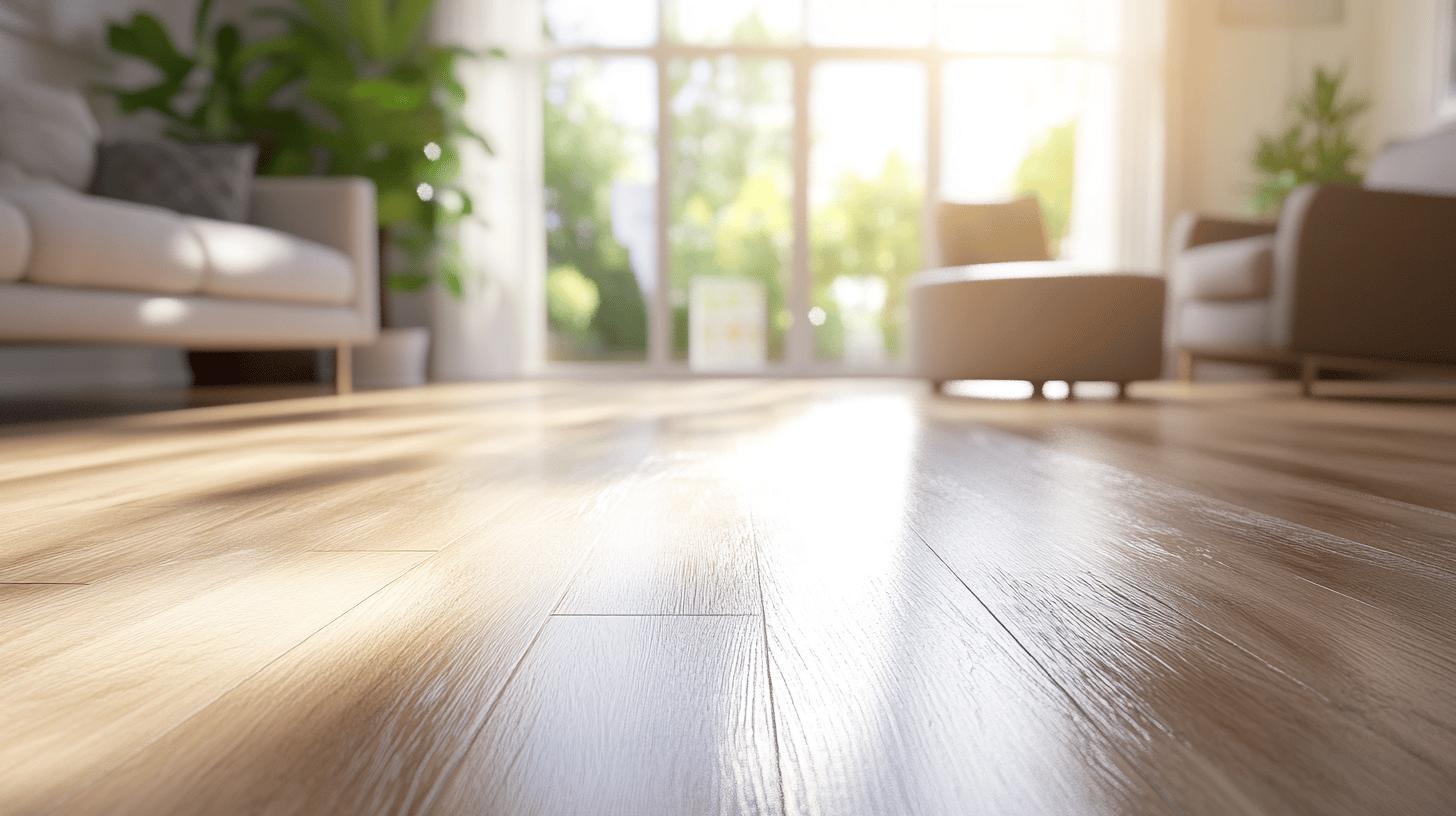
How does refinishing wood floors impact a property’s resale value? Refinishing enhances both the visual and structural quality of wood floors, significantly boosting their appeal and resale value. Aesthetic improvements draw potential buyers, creating a visually appealing interior that can increase the perceived worth of a property. The durability and strength of well-refinished floors also contribute to their value, as they present a lasting investment that reduces future maintenance concerns. These attributes position homes with refinished wood floors in a higher price bracket, making them an attractive choice for buyers willing to pay a premium for quality.
- Enhanced aesthetic appeal
- Durability and longevity
- Higher perceived value among buyers
- Preference for wood flooring
- Influence on quicker sales
What effect does floor restoration have on the speed of a property sale? Properly restored floors can accelerate the sale process by attracting more buyer interest. Expert opinions consistently highlight wood flooring as a preferred choice due to its timeless appearance and natural charm, which are highly valued in the real estate market. Buyers often prioritise properties with restored wood flooring, as it suggests a well-maintained home, leading to quicker sales. This preference for polished and robust wood floors can be a decisive factor in closing deals faster, further enhancing the property’s overall marketability.
Practical Advice and Market Trends in Wood Floor Refinishing
Current market trends indicate a growing demand for homes with refinished wood floors, largely driven by an emphasis on sustainability and aesthetic appeal. Buyers are increasingly prioritising properties that feature eco-friendly elements, and the timeless beauty of wood flooring fits seamlessly into this trend. The preference for natural materials in interior design enhances the marketability of homes with refinished floors, as they combine environmental responsibility with visual charm. This demand underscores the importance of property investors considering refinishing as a strategy to align with contemporary buyer expectations and increase property value.
Cost-Saving Techniques
When looking to reduce the costs associated with wood floor refinishing, two primary strategies can be employed: DIY refinishing and sourcing materials at a discount. DIY refinishing allows homeowners or property investors to significantly cut down on labour costs, making it a budget-conscious option. However, a certain level of skill and patience is required to ensure a quality finish. Additionally, sourcing materials such as sanders, sandpaper, and finishing products at discounted rates can further decrease overall expenses. These cost-saving techniques make wood floor refinishing a financially viable project, especially when conducted with careful planning and consideration of available resources.
Selecting the right finish and colour is crucial in aligning with current design trends, which can enhance a property’s appeal. What finishes and colours are currently trending? Neutral tones and matte finishes are in high demand, as they offer a modern and versatile look that complements various interior styles. By choosing finishes and colours that reflect these trends, property investors can ensure their refinished floors meet buyer preferences, thereby maximising the property’s attractiveness and potential resale value.
Comparing Wood Floor Refinishing with Other Flooring Options
In terms of durability and longevity, how do wood floors measure up against carpet and vinyl? Wood floors significantly outperform these alternatives. Wood’s inherent strength and resilience make it exceptionally long-lasting, often enduring decades with proper care. Carpets, although offering a softer underfoot feel, tend to show wear and tear more rapidly, requiring replacement every 5-10 years. Vinyl, while durable in its own right, often lacks the timeless appeal and robustness of wood, leading to a shorter lifespan, especially in high-traffic areas. Consequently, wood floors provide a more enduring solution, contributing to sustained property value.
When considering cost, how does refinishing wood floors compare to installing new flooring options? Refinishing is typically much more economical. The expense of sanding and applying a new finish is generally lower than the cost of purchasing and installing a new carpet or vinyl. This cost-effectiveness contributes to a high return on investment (ROI) for refinishing projects, often yielding between 70% and 80%. In contrast, the initial costs of new flooring installations can be prohibitive, particularly when factoring in both materials and labour. Therefore, refinishing not only rejuvenates existing floors but does so in a budget-friendly manner, enhancing financial returns for property investors.
What are the benefits of different wood types, such as solid hardwood and engineered wood? Solid hardwood is renowned for its unmatched beauty and durability, making it the gold standard in flooring choices. It can be sanded and refinished multiple times, allowing homeowners to maintain its appearance over many years. Engineered wood, while slightly less robust than solid hardwood, offers a cost-effective alternative with similar aesthetic appeal. Its layered construction provides stability and resistance to temperature fluctuations, making it suitable for various environments. Both types of wood flooring contribute differently to property value, with solid hardwood often commanding higher resale prices due to its premium status.
Final Words
Refinishing wood floors offers a compelling opportunity for property investors seeking to enhance asset value. Beyond increasing a property’s market value, refinishing provides a cost-effective alternative to new flooring installations, yielding a substantial ROI of 70% to 80%.
Current market trends underscore a preference for sustainable materials, with refinished wood floors meeting buyer demands for both aesthetics and durability. By prioritising quality and aligning with practical advice, investors can effectively navigate the economics of wood floor refinishing, ultimately boosting their property’s appeal and financial returns.
Maximize your property’s value – Contact Ryan’s Restoration for expert wood floor refinishing today!
FAQ
What is the ROI on refinishing hardwood floors?
Refinishing hardwood floors typically offers an ROI of 70% to 80%. This high return makes it a cost-effective choice compared to installing new flooring, enhancing both aesthetic appeal and property value.
Is refinishing hardwood floors a good investment?
Refinishing hardwood floors is a prudent investment, as it significantly raises a property’s market value. The process is cost-effective, offering a refreshed look that is appealing to prospective buyers.
Does real wood flooring add value to your house?
Real wood flooring enhances a home’s value by increasing its aesthetic appeal and offering durability. It is a preferred choice among buyers, often leading to higher sale prices and quicker transactions.
What is the return on investment for flooring?
The return on investment for wood floor refinishing is typically between 70% and 80%. This high ROI surpasses many other flooring options, driving buyer desirability and increasing resale value.
